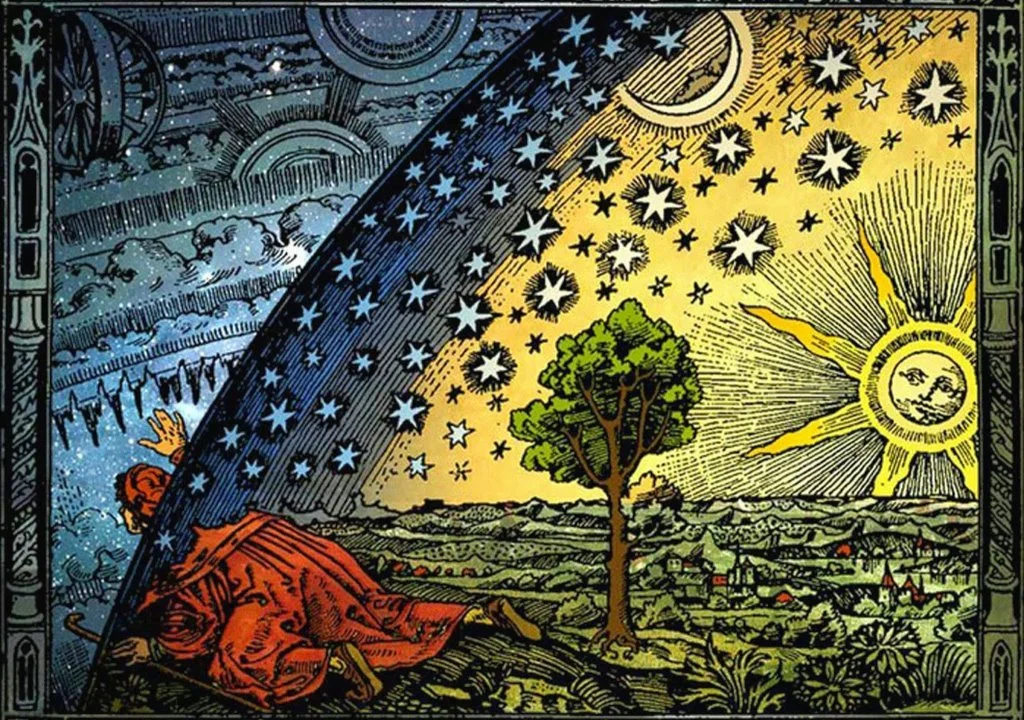Was Light Created on Day 1 or Day 4?
“And God said, ‘Let there be light,’ and there was light. And God saw that the light was good. And God separated the light from the darkness. God called the light Day, and the darkness he called Night. And there was evening and there was morning, the first day” (Genesis 1:3-5).
“And God said, ‘Let there be lights in the expanse of the heavens to separate the day from the night. And let them be for signs and for seasons, and for days and years, and let them be lights in the expanse of the heavens to give light upon the earth.’ And it was so. And God made the two great lights—the greater light to rule the day and the lesser light to rule the night—and the stars. And God set them in the expanse of the heavens to give light on the earth, to rule over the day and over the night, and to separate the light from the darkness. And God saw that it was good. And there was evening and there was morning, the fourth day” (Genesis 1:14-19).
The difference between the light source in Day 1 versus Day 4 is handled differently in the Old Earth and Young Earth models.
In the Old Earth model, each day of Genesis 1 represents an age. Thus the other name for this is the “Day-Age” view. Accordingly, while Day 1 would represent the beginning of the formation of our solar system, with the sun at the center, Day 4 takes us to a stage of earth’s development where that same light is now visible, through the atmosphere. Since the perspective of Moses is earth-bound (and since he is not offering us a scientific textbook in the modern sense), it is sufficient for him to use this phenomenological language of what appears to him as “two lights,” but which is really outworking of the first.
In the Young Earth model, each day is a literal 24-hour period. The light of Day 1 was God’s own glory, later referred to as the shekinah glory, which he could manifest to human beings. A hint of this divine light in creation is found in Revelation 21:23 in the words,
“And the city has no need of sun or moon to shine on it, for the glory of God gives it light, and its lamp is the Lamb.”
To suppose that this does not “explain” any light required for Moses to see or for plants to live in the intervening period would be an exercise in special pleading, given the power of God and the shortness of that period between Days 1 and 4.
Regardless of which model is correct, why would an omniscient God inspire Moses to write something that he knew would perplex modern readers? The answer lies on the flip side of that coin. It is the task of readers (in any age) to interpret texts in their own cultural context. Moses had no interest in settling disputes of modern cosmology, but one of ancient idolatry. And it just so happened that the inhabitants of the land of Canaan, into which the Israelites were moving, worshipped objects of nature, preeminently the sun and the moon (cf. Deut. 4:19; 17:3). The student of Hebrew will note that Moses does not even use the ordinary Hebrew words for “sun” (שֶׁמֶשׁ) and “moon” (יָרֵחַ) in this place, but something more like the“big light” and “little light.”
However, it may be said, there is still “day and night” before Day 4. Yet those light-bearers are given “for” day and night. Certainly. But if the earth is rotating and there is nothing to prevent God from positioning the light source from one direction, then it would function in the same way as the sun, once it was created.

